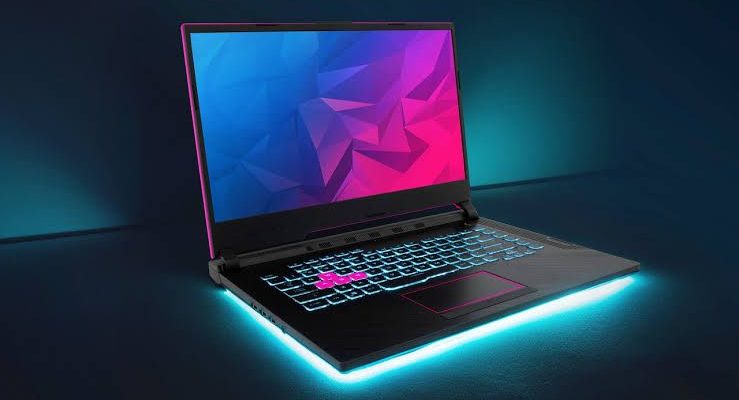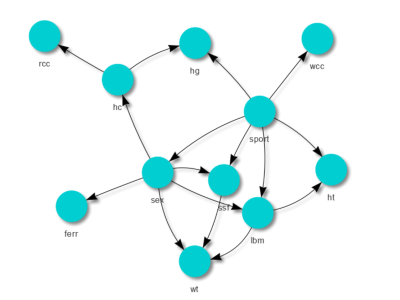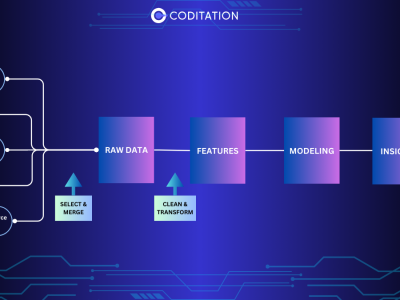The evolution of gaming laptops is revolutionary. Once large, heavy machines linked to a power outlet, they are now sleek, powerful devices that give rich gaming experiences on the go. Technology in component shrinking, thermal management, and power efficiency has driven this change. Modern light gaming laptops have powerful processors and graphics cards that run demanding games at high frame rates and visual quality. They offer sheer power and portability for a new generation of gamers that value flexibility and performance. Innovative cooling techniques, sophisticated software, and highly efficient hardware allow these computers to outperform their apparent weight class. Premium gaming that can be played anywhere redefines mobile entertainment. The pursuit of this equilibrium refines thin and light gaming laptop.
Core Parts Work
The core components of every high-performance gaming laptop are designed to function together despite space limits.
- Modern light gaming laptops include high-core-count processors that can handle complicated game logic, AI, and multitasking without slowing down. CPUs optimized for mobile systems balance performance and power consumption.
- The separate GPU is the gaming powerhouse. These small laptops include powerful GPUs and dedicated video RAM for realistic visuals and smooth frame rates in the newest games.
- The CPU and GPU need fast RAM to load game objects and retrieve data. Light gaming laptops include plenty of RAM, generally upgradeable, for smooth performance.
- SSDs are common, allowing for rapid game load times and system responsiveness. Multiple storage slots help players to increase their game libraries on many systems.
Innovative Cooling Systems
Thermal management is a major difficulty in building thin, light gaming laptops. Heat from packing strong components into a small chassis can throttle performance if not controlled properly. Advanced cooling systems are used by manufacturers.
- Phase-change materials carry heat away from vital components faster than heat pipes in these extremely efficient cooling solutions.
- Multiple thin-bladed custom fans efficiently pull in cool air and expel heated air.
- Airflow is built with strategically positioned intake and exhaust vents to maximize temperature dissipation.
For better CPU/GPU cooling system heat transfer, certain high-end models use liquid metal thermal compound instead of thermal paste. This cooling focus prevents overheating and optimizes frame rates during intense gaming sessions.
Editable Features
Beyond raw power, light gaming laptops provide many adjustable capabilities to improve user experience and personalization. Per-key/zone customization RGB keyboard backlighting lets players customize their setup and map illumination profiles to games or instructions. Competitive gaming requires 120Hz, 144Hz, Hz, or higher displays for crisp visuals and low input lag. These high-resolution displays are common in light gaming laptops. Manufacturers offer software utilities to monitor system performance, modify fan curves, switch power profiles, and configure settings for granular game control. These customization choices let consumers personalize their thin and light gaming laptop.








Comments